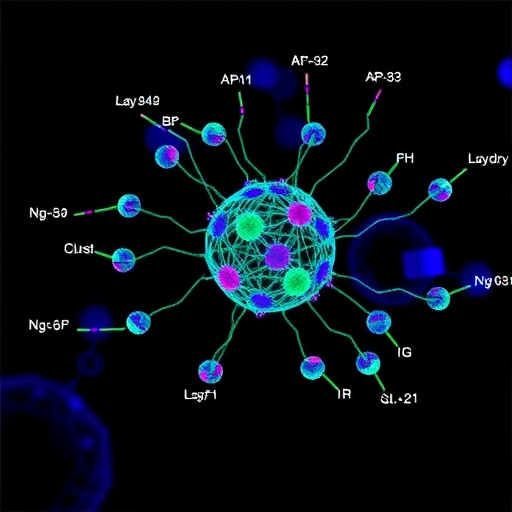Almost everything we do – walking, talking, or drinking coffee – is completely dependent on accurate timing when activating many muscles at once. The prevailing theory has been that the exact timing of this type of movement is not voluntarily controlled, and the timing has therefore been assumed to be fully automated when learning movements. However, researchers at Lund University in Sweden now argue that this may be wrong. A new study shows that people are fully capable of controlling their blinking with a time precision that was previously believed not to be possible.
It has long been known that both animals and humans, through a type of learning known as eyeblink conditioning, can learn to blink in response to a tone with a precision of some tens of milliseconds. Previous studies have shown that eyeblink conditioning is dependent on the cerebellum and, so far, it has been assumed that the precise timing is completely automatic.
When researchers Anders Rasmussen and Dan-Anders Jirenhed performed laboratory studies as part of their teaching at the medical programme at Lund University, they discovered that the theory was incorrect in practice.
Rasmussen and Jirenhed tested 21 medical students at Lund University and could see that the students were able to control the exact timing of their blinking with unexpected accuracy. The researchers' results, now published in Scientific Reports, question whether previous studies on human eyeblink conditioning have, in fact, studied purely automated learning or if the test subjects also voluntarily controlled their their blinking.
"Our results are an important step in understanding how the human brain can control the timing of our movements – and to what extent we can influence them at will", says Anders Rasmussen.
The fact that the movements can be controlled at will also shows that the cerebral cortex, perhaps through cooperation with the cerebellum, can play an important role in terms of timing.
"This type of study can help us understand how different parts of the brain work together to generate precisely timed movements. This, in turn, can lead to a better understanding of diagnoses which are believed to be related to the brain's timing mechanisms, such as ADHD. Studies like this can also lead to insights on how to train to become even better at timing our movements", says Dan-Anders Jirenhed.
###
Media Contact
Anders Rasmussen
[email protected]
46-709-746-609
@lunduniversity
http://www.lu.se
https://www.nature.com/articles/s41598-017-03343-2
############
Story Source: Materials provided by Scienmag





